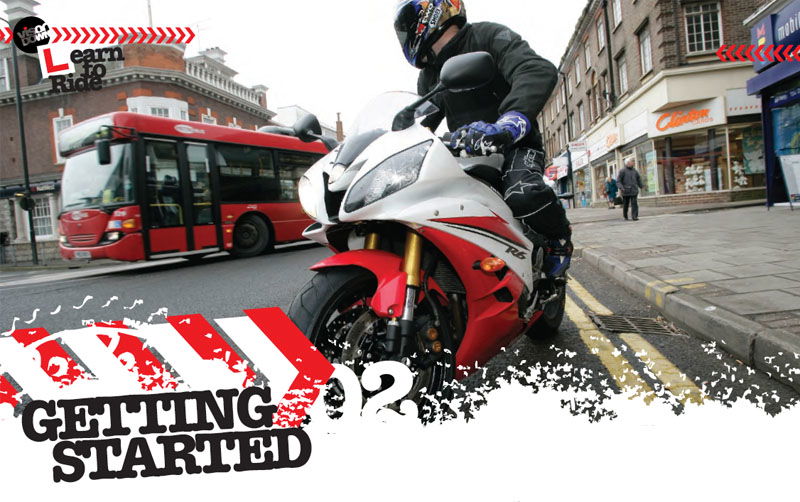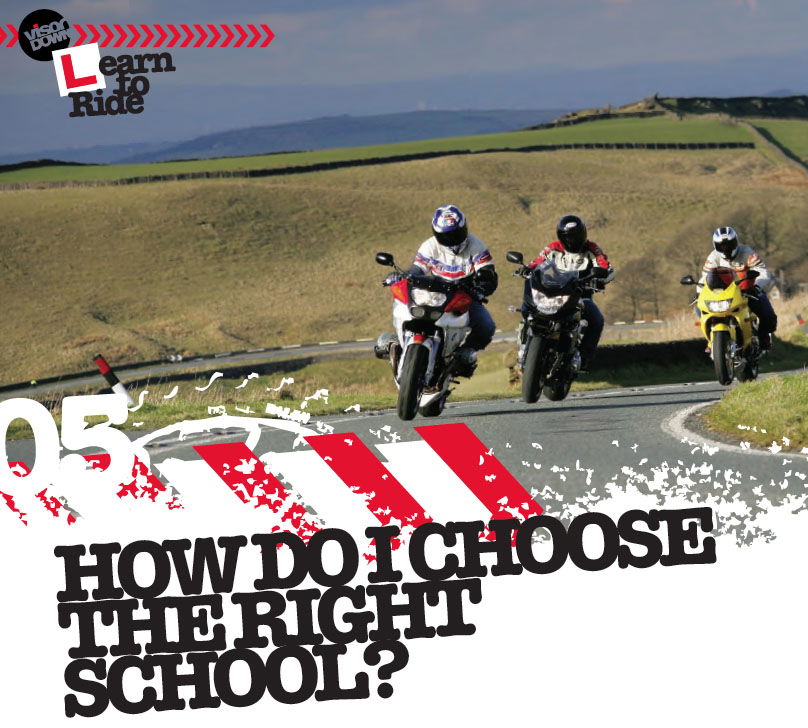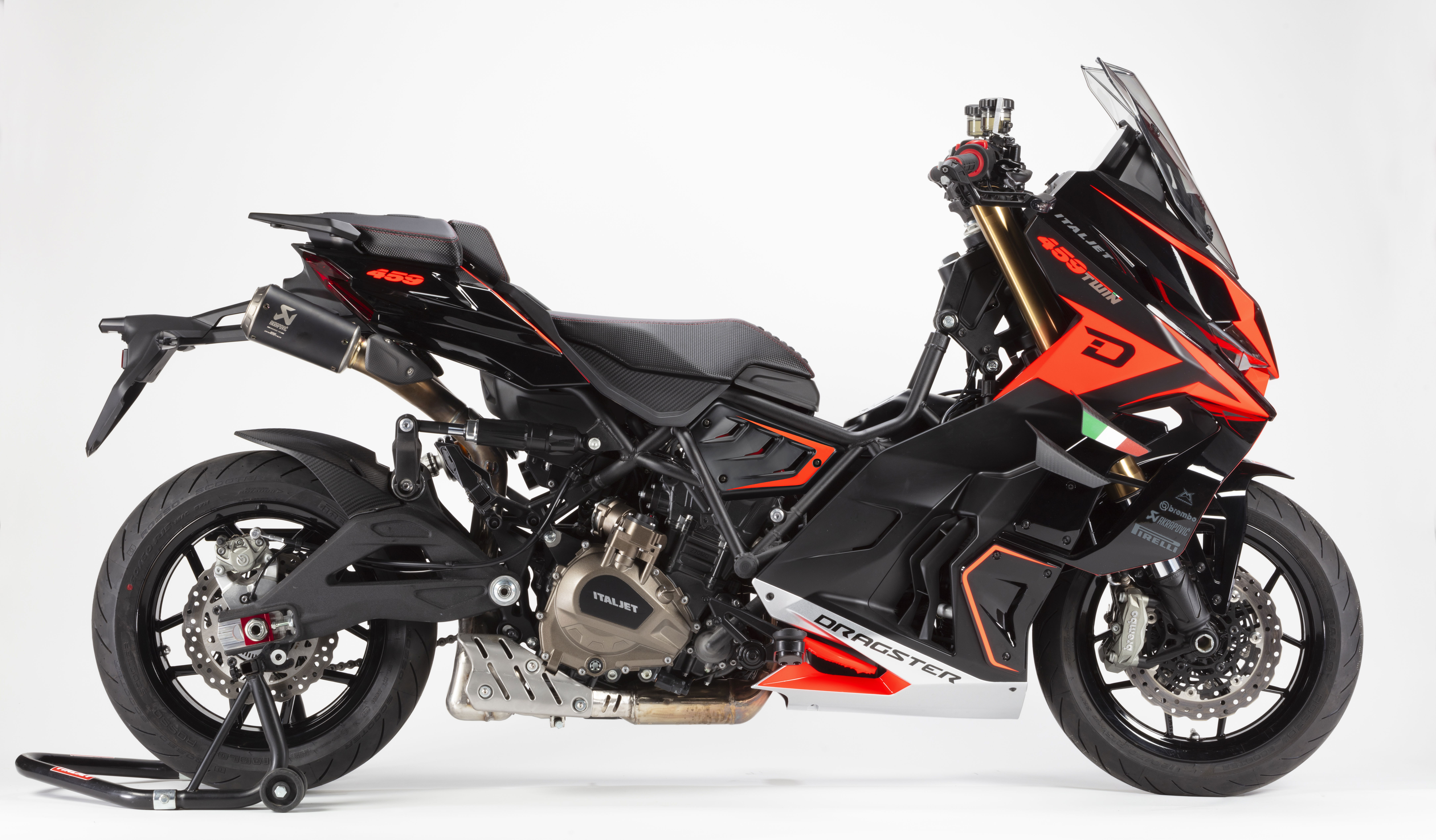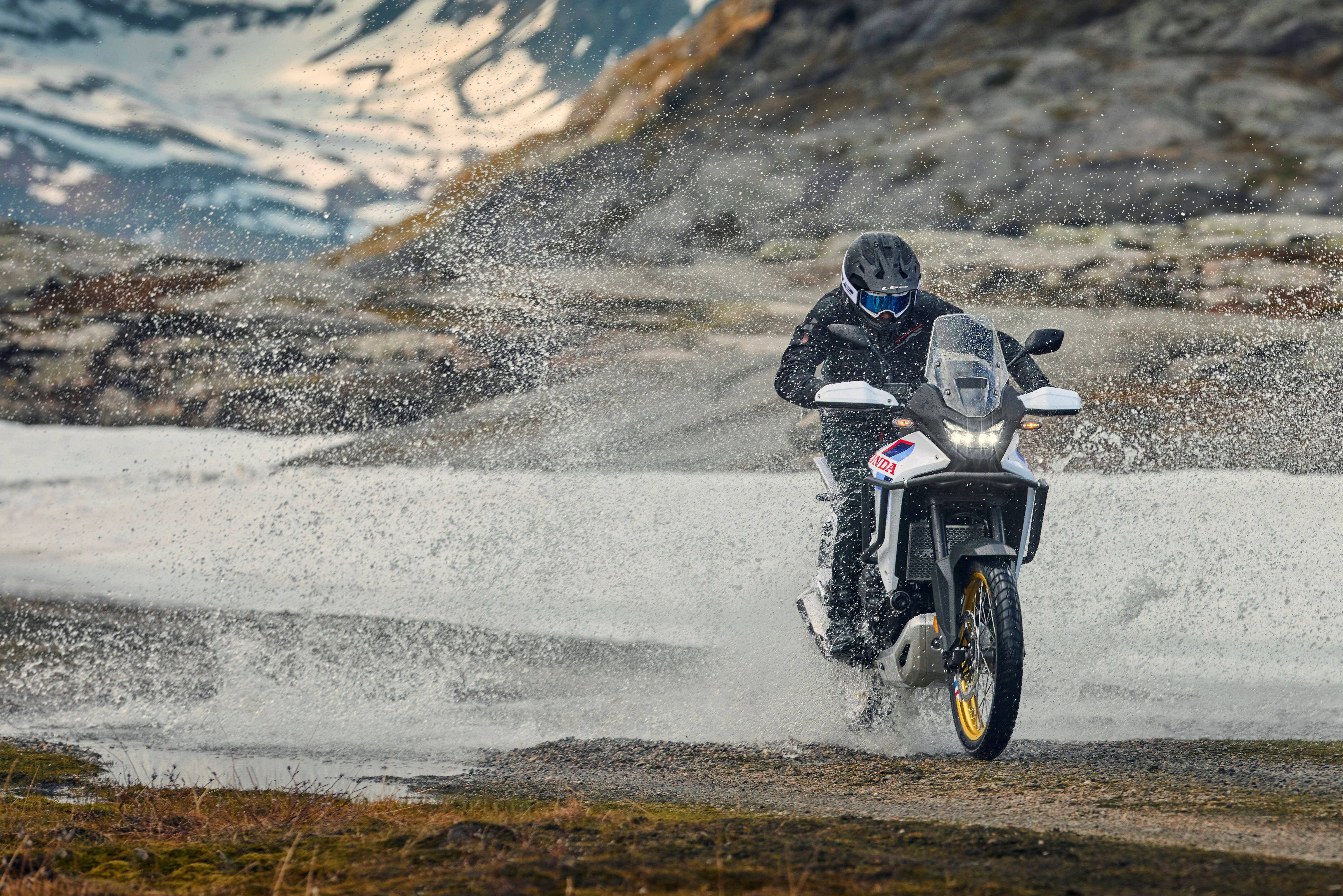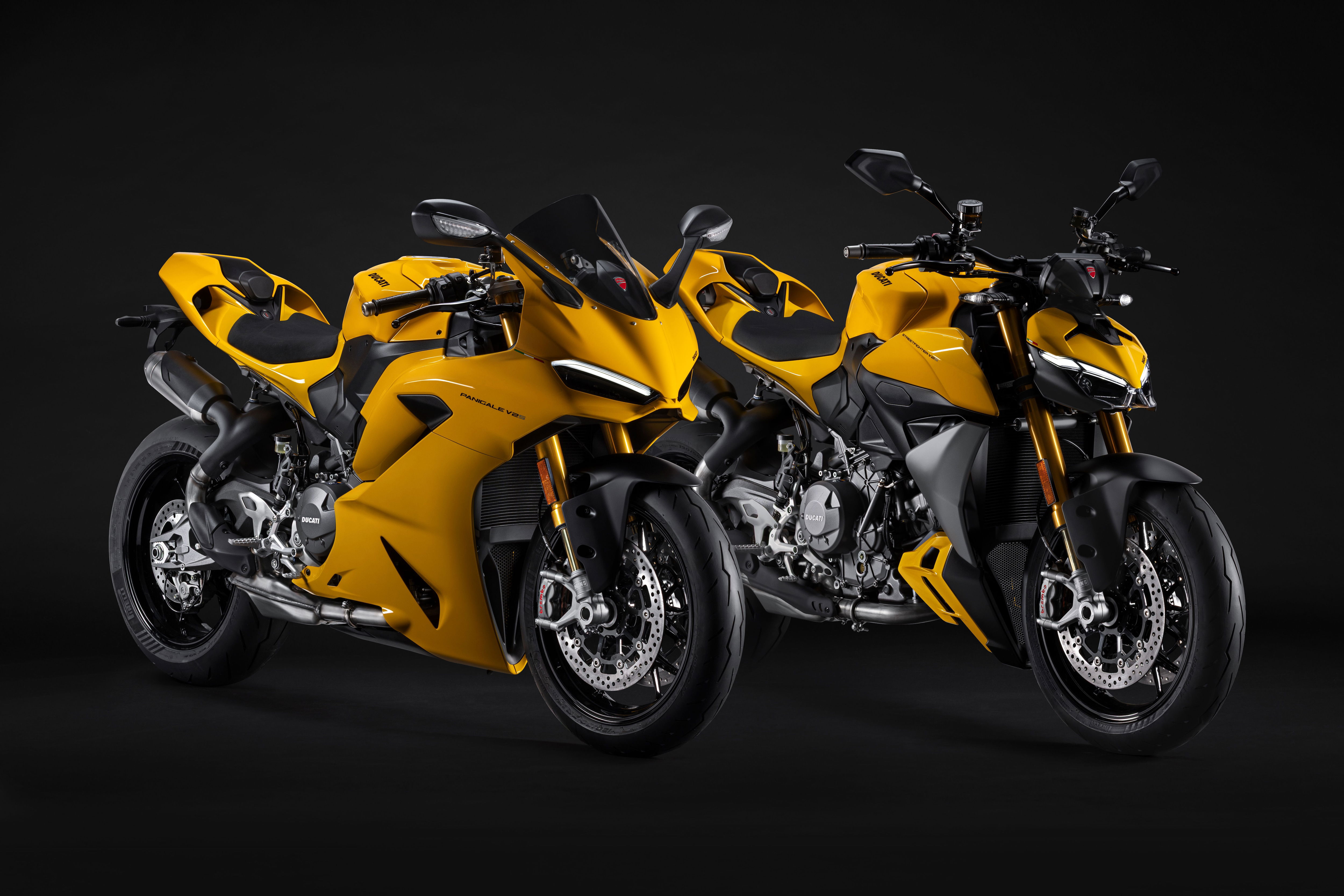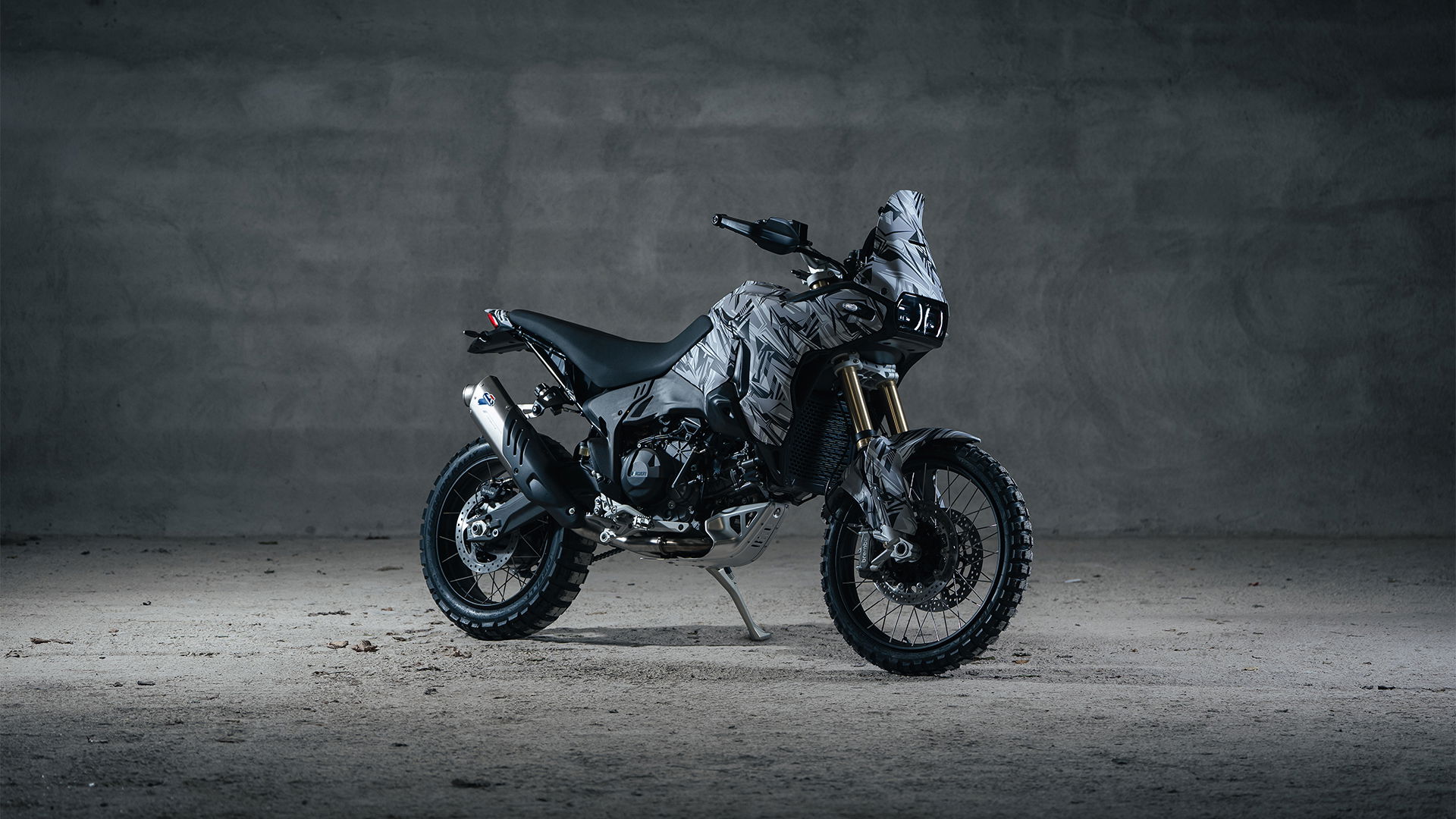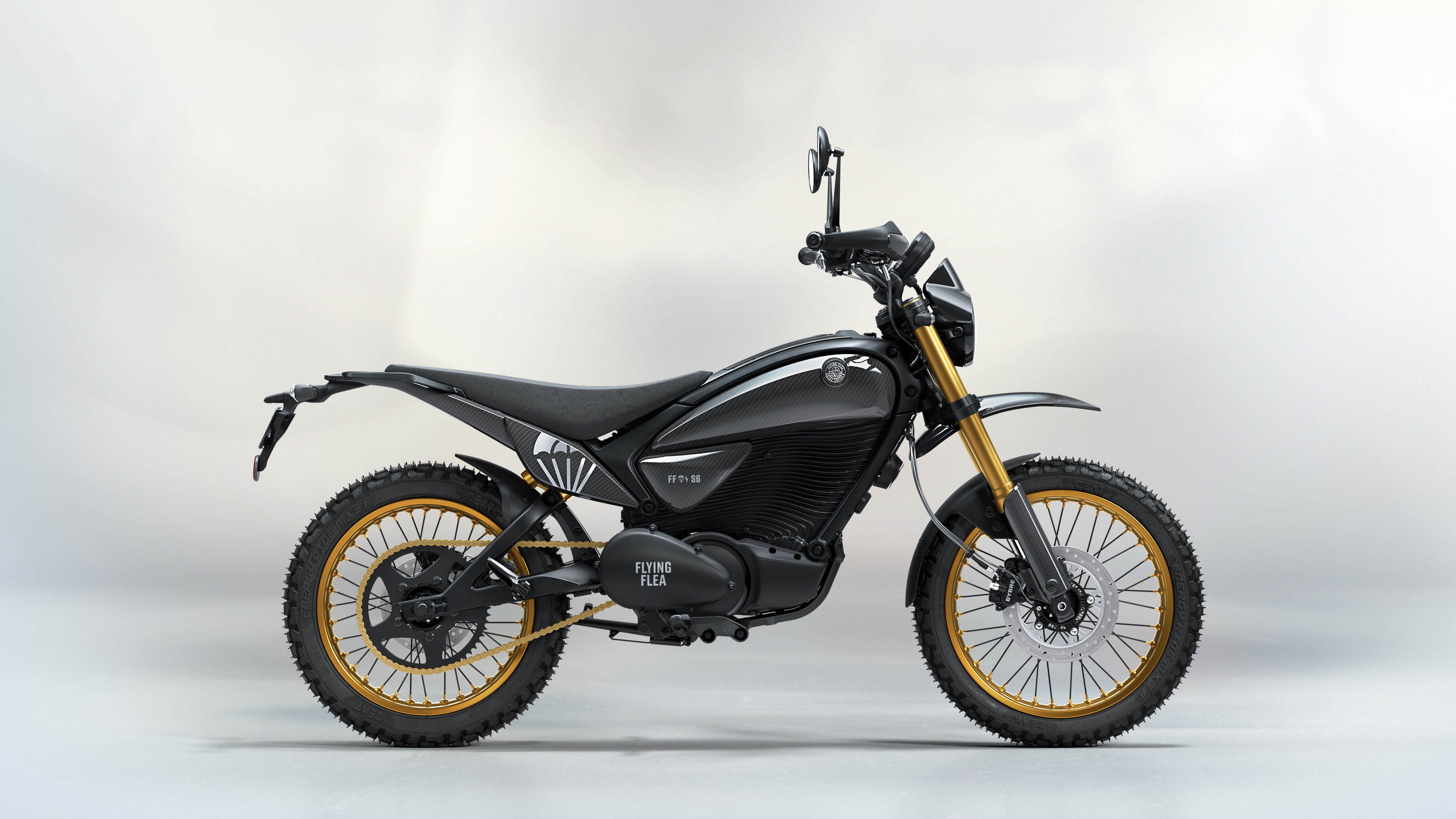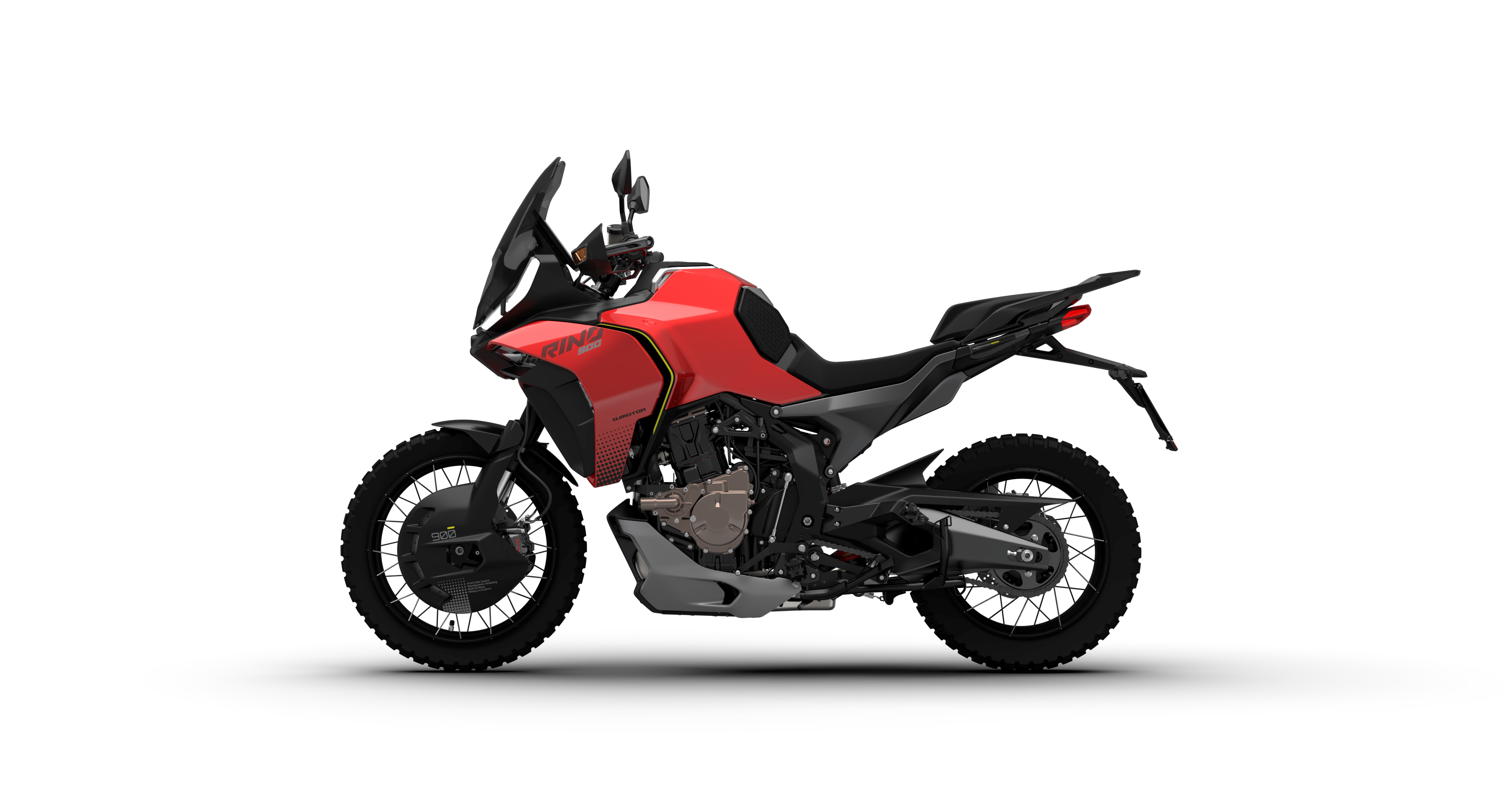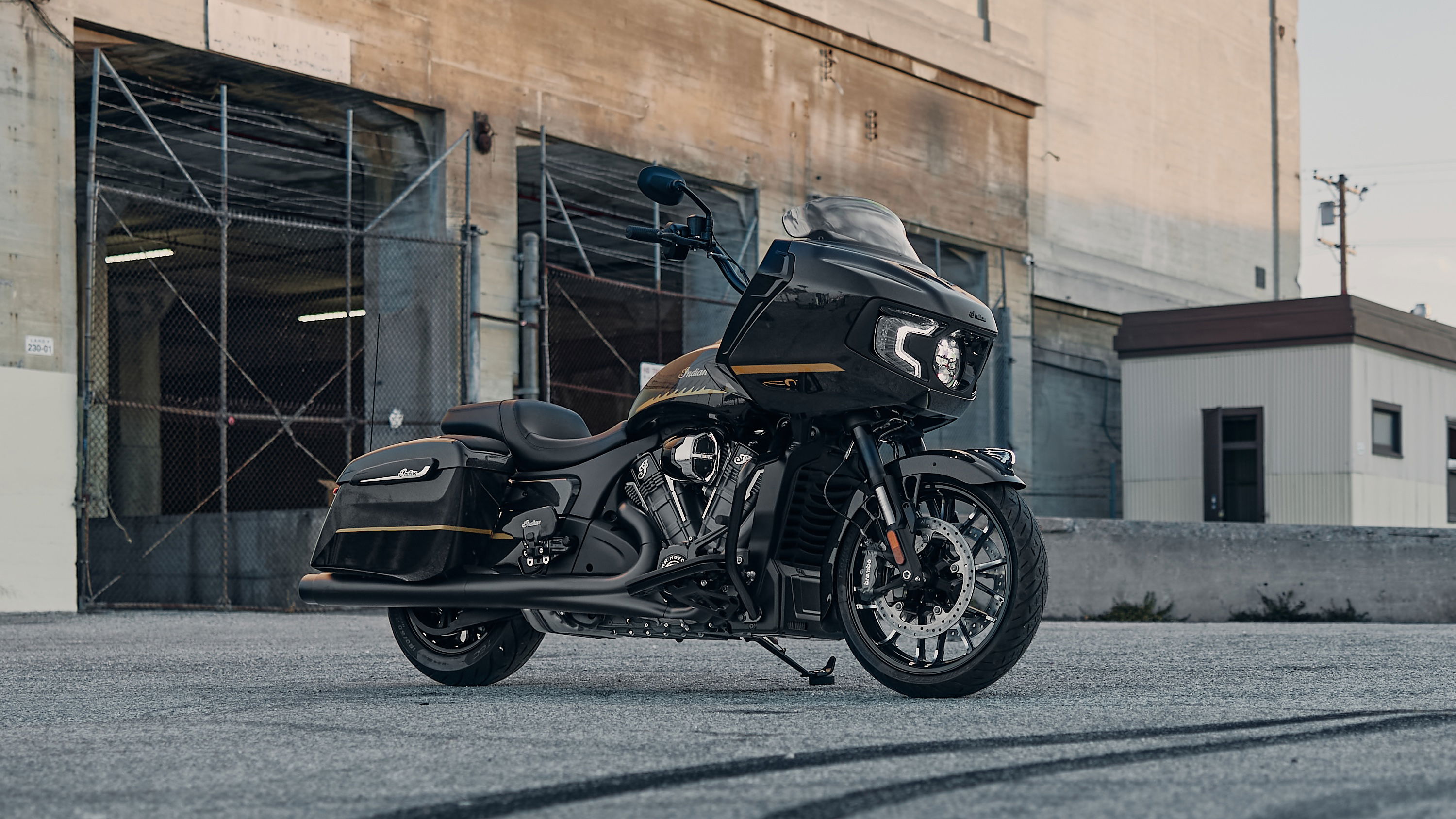Learning to ride a motorcycle: CBT
The first active step towards becoming a biker, find out what Compulsory Basic Training is and how what it takes to pass your CBT

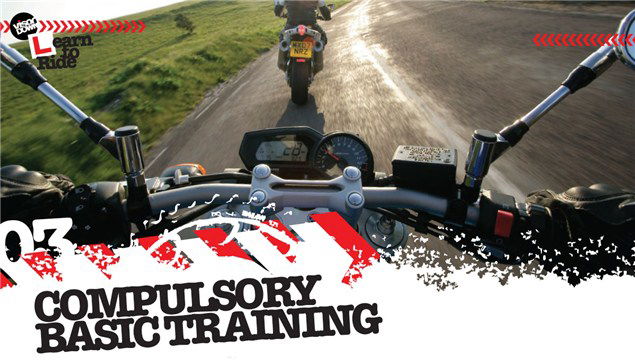
SINCE CBT was introduced in December 1990, the UK’s accident rate among new riders has plummeted. What’s more, the standard of UK new riders has continued to increase with the introduction of Direct Access in 1997, which for the first time allowed novices to ride a larger capacity motorcycle under authorised supervision.
Compulsory Basic Training, or CBT for short. Legally, you need to complete the course before venturing out on to the road with L-plates.
There’s a popular misconception that CBT is a test. It’s not. You don’t pass or fail, you merely reached the required standard. Some novices complete it in a day, others take a little longer.
You will need to complete CBT if you want to ride a motorcycle or a moped
If you obtained your car licence before 1 February 2001 you do not need to complete a CBT to ride a moped.
Every CBT course must be conducted by an Approved Training Body at a designated CBT training ground. The course lasts as long as it takes to complete. Experienced riders usually get through in a day and total novices may take longer - sometimes as many as three or even four days! Aim to arrive a little early and ensure you've got both parts of your licence and some photo ID if needed. Take a packed lunch, as many schools don't have any facilities. Ask when you book.
If you wear glasses or contact lenses for driving, then you’ll need to take these along too.
CBT consists of five elements:
A. Introduction - what’s CBT/why we do it
B. Practical on-site training – importance of kit/get to know motorcycle
C. Practical on-site riding – getting to grips with the bike off the public highway
D. Practical on-road training - learning what’s expected of you on the road ride
E. Practical on-road riding – a two-hour road ride, under supervision
If you have ridden to the required standard and then you will be given the certificate of completion (DL196).
The CBT certificate validates your provisional licence for 2 years. If you lose it your training centre will be able to provide you with a duplicate, usually there'll be a charge.
You now have the choice of sticking with your CBT and gaining some experience on your own 125cc bike (with L plates) or progressing to take your full motorcycle test. Your instructor should be able to give you best advice.
Is the CBT difficult?
CBT should be a fun and informative way of learning to ride a motorcycle in a safe environment. If conducted correctly, the day should result in a total new rider achieving a decent degree of machine control – enough for them to ride on the public road without endangering themselves or others.
In the early days, CBT was looked upon as a one-day course, but after the introduction of the compulsory two-hour road ride (the length used to be left to the instructor’s discretion) CBT is now more of a two-day affair, especially if you’re a complete novice training in the winter months when daylight hours are limited.
The more time you spend on the training site honing your control skills, the easier you’ll find it when you’re out on the road with your instructor. Use your time on the CBT wisely and if you don’t feel ready to tackle the road ride at the end of a long day then rebook again with your instructor. It may cost a little more but, belive me, it’s worth it in the long run.
Visordown’s 8 Top CBT Tips
- Pick a reputable school, as they’ll offer all the best training techniques. You can bet your life that the cheapest won’t be as good. Expect to pay £100-150 including bike hire.
- Make sure you take along your licence, including counterpart and that you have provisional motorcycle entitlement.
- Turn up on time. There may be others on your course and it’s important the day starts on time, as there’s a busy schedule to follow.
- Wear suitable clothing and a set of sturdy boots. A set of thermals is a good idea in winter too.
- Take along a packed lunch and a flask. Many schools don’t have restaurant facilities.
- Go at your own pace. Don’t get disheartened if someone else on the course picks things up a little quicker
- There’s no hurry to get out on the road, so spend plenty of time on the training site and perfect your riding first.
- The whole day takes on average 8 hours or more. Once you’ve completed the off-road riding, you need to spend two hours on the road to complete the course, so don’t be disappointed if the instructor asks you to come back on another day.
- Try to relax and have fun. You’ll learn much faster that way.
Part 2: Getting started | Part 4: The right course
